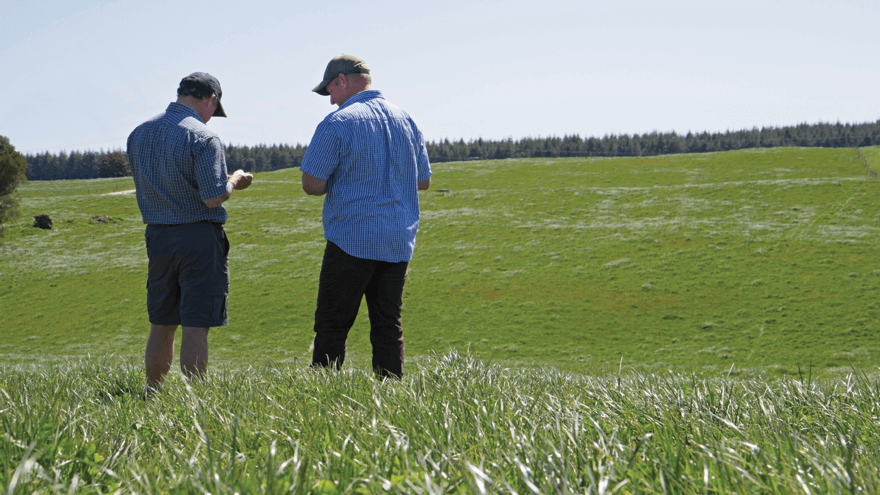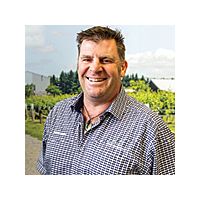
A ‘how to’ guide to pasture renewal
Droughts, wet winters and pugging, and the associated pest and weed issues, all place a heavy burden on the persistence of pasture. Challenging conditions are nothing new but extended drought periods, and in contrast, wet winters, combined with other factors can shorten the life of pasture. Therefore decisions need to be made around pasture renewal. But how do you prioritise which paddocks need renewing over others?
An industry associated collection of bodies led by The Pasture Renewal Charitable Trust (www.pasturerenewal.org.nz), an independent entity funded by agribusinesses, raises the awareness of the benefits of pasture renewal for the New Zealand economy. It is supported by companies, such as Dairy NZ and Beef and Lamb, who along with other organisations, have come up with a system to guide through making pasture renewal decisions by condition scoring pasture and coming up with a recommended course of action.
The aim is to encourage you to walk your pastures in good time to assess under-performing paddocks and then create a plan of action to restore these paddocks back to full production. Usually, this is best completed in the spring or late summer. Condition score each paddock giving a rating of between 1 to 5 according to the photographic comparative guides provided. On each condition score shown in the guide, there is a suggested course of action. For example for a 5, where the whole paddock has a dense sward of desired grasses and clovers, the recommended course of action is to do nothing. For a condition score of 1, where the entire paddock is severely damaged, the recommendation is to sow into a summer crop in the spring and then a perennial pasture the following autumn.
Top Tips:
- Plan well in advance. Remember in the upper North Island, perennial pasture and clover is best planted by late March.
- Walk your paddocks and identify those that are underperforming using the photographic guide.
- Identify the reason why it is underperforming (poor drainage, pH or fertility) and fix the issue before you undertake any renewal process.
- Soil test at least six months in advance to allow yourself the time to correct any large nutrient deficiencies.
- Decide if you want to renew in autumn or spring. Usually perennial pasture is best renewed in the autumn and so take the opportunity to grow a summer crop and allow time to deal with perennial weeds and nutritional problems.
- Plan the cultivation programme and work with the contractor to achieve your requirements.
- Spray out the old crop well before any cultivation or direct drilling commences using an appropriate dose of glyphosate plus insecticide (if needed for insect pest control).
- Choose a cultivar, heading date, endophyte, additional species mix and seed coating.
- Plan sufficient seed requirement for sowing rate and order your seed mix well in advance.
- After drilling, monitor for slugs, pests and weeds, treating accordingly. Manage early grazing, avoiding overgrazing or pugging as this will help with the persistence of the pasture and protect your investment.
For further guidance on assessing your paddocks ready for pasture renewal, contact your local PGG Wrightson Technical Field Representative.



